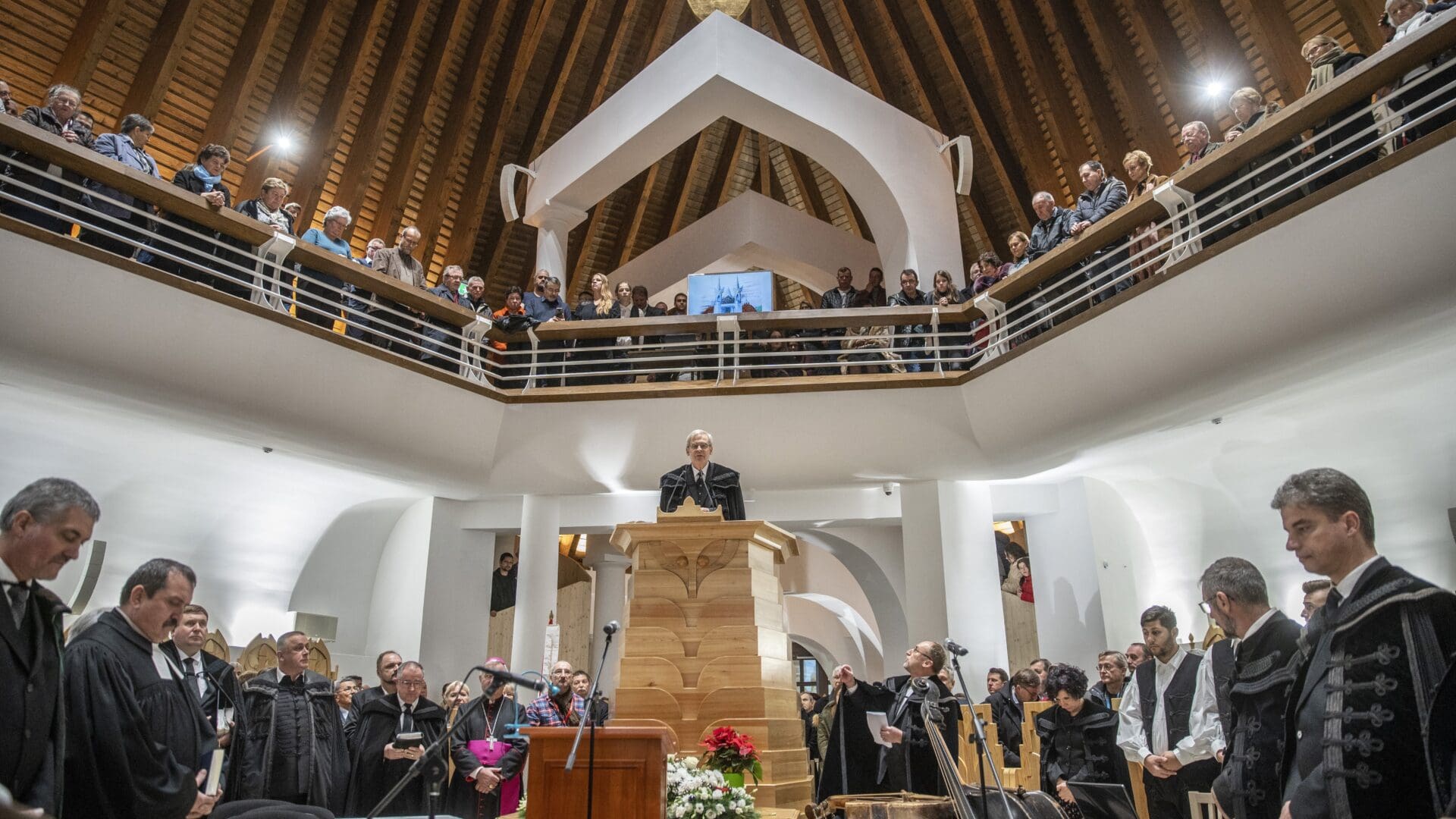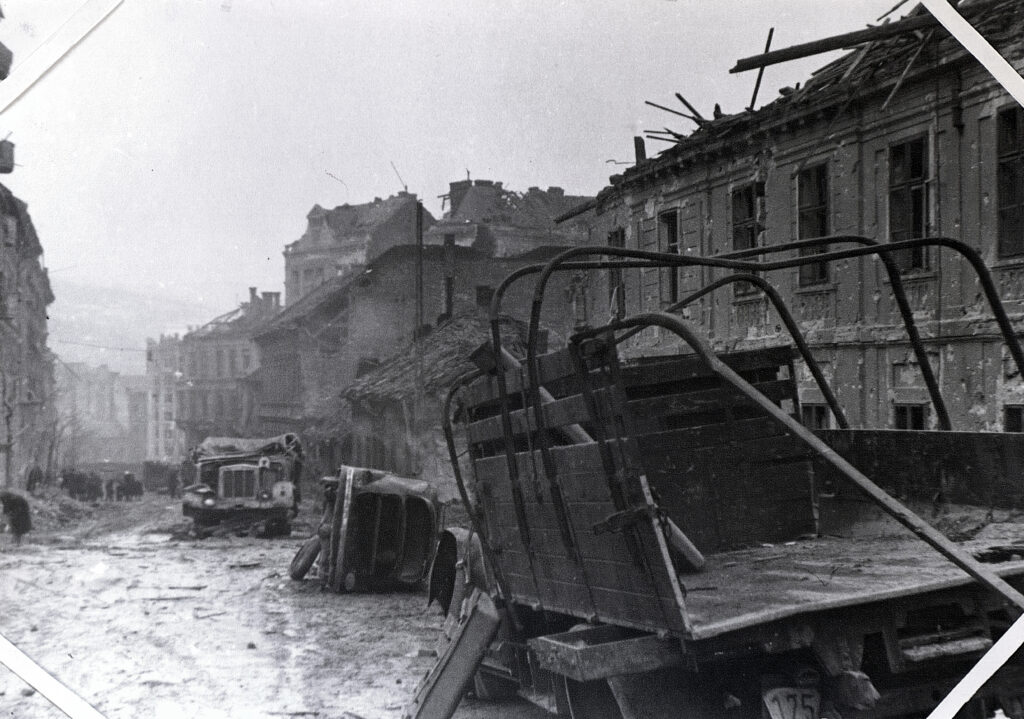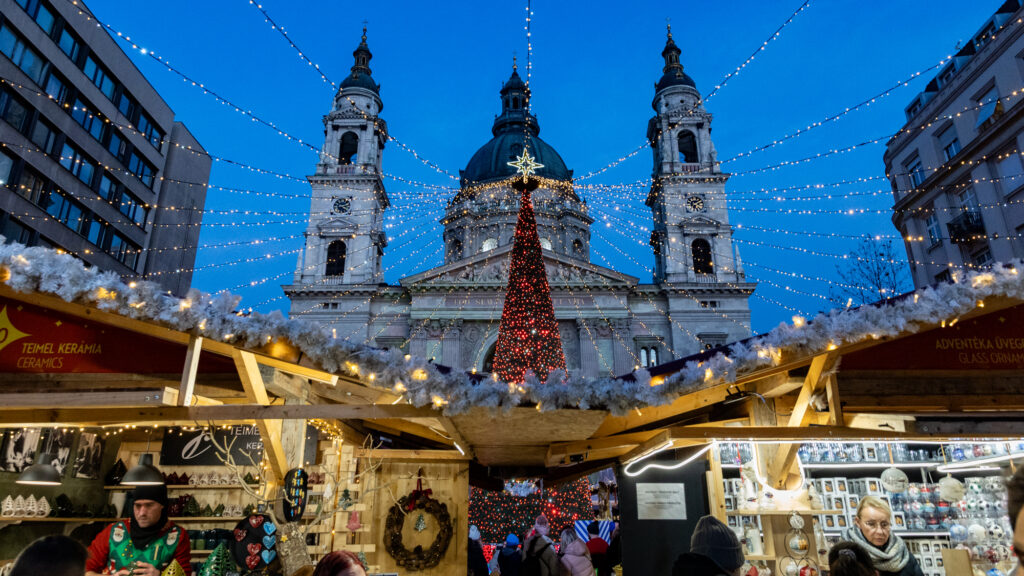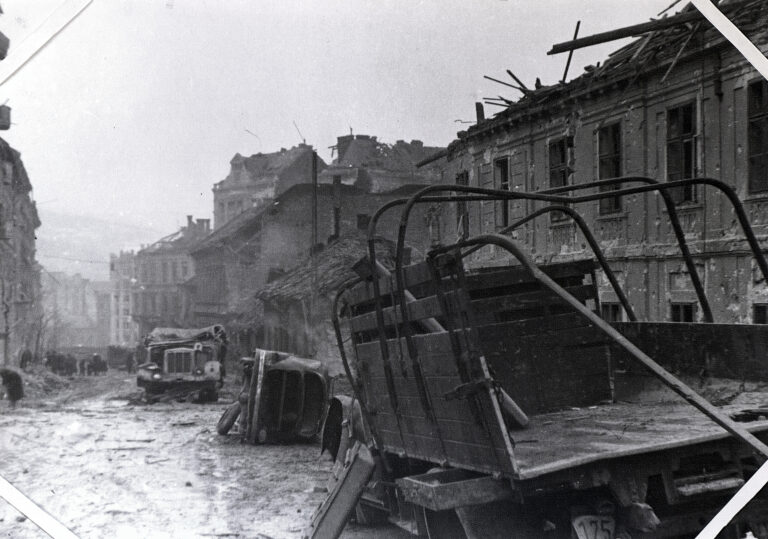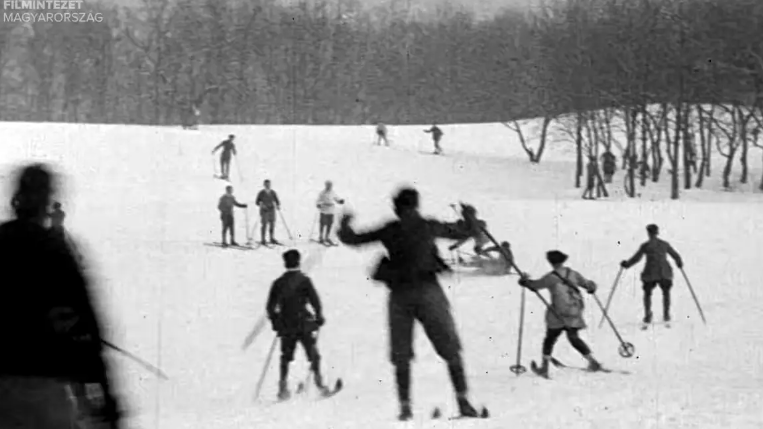Historical Background
As opposed to most Communist countries in the region, Romania remained a hardline regime well into the 1980s. Nicolae Ceaușescu, who started out as a reform-Communist leader, took an increasingly totalitarian turn during the decade. While he distanced Romania from the Warsaw Pact and normalized the relations of his country with the West, Ceaușescu also found allies in non-Soviet aligned Communist countries. After he visited North Korea, Ceaușescu started to emulate the style of Kim Il Sung. He did not only crack down on any dissent via the dreadful Securitate, the secret police of the regime, but also sidelined all his rivals even inside the Communist Party, creating total personal control over the country. Emulating North Korea, the totalitarian methods and one-man rule were coupled by a grotesque cult of personality. The banning abortion and contraception, as well as his economic policies led to widespread poverty in Romania.
While all of Romania suffered from the repression, terror and economic hardships, the Hungarian minority of Transylvania was especially hit hard. As Ceaușescu wanted to utilize nationalism, he tried to force them to assimilate, and abolished the autonomy of the Hungarian-inhabited areas of Transylvania. It is no wonder therefore that the 1980s resentment against the regime first culminated among Hungarians. Eventually, it was a Hungarian Protestant minister whose persecution sparkled the revolution.
The Sparkle
László Tőkés served as a Hungarian Calvinist pastor in Temesvár (Timișoara, Transylvania). As a resolute political dissenter and stalwart advocate of the rights of the Hungarian minority in Romania, Tőkés was ordered to leave his position in December 1989. However, he resisted the decision, and refused to leave.
On 16 December, Romanian police arrived to evict Tőkés. Members of the congregation formed a live chain around the pastor’s home to protect him, and after a while, they were joined by bystanders, both Romanian and Hungarian. The police backed off, and the mayor promised to revise the eviction decision. By that time, the events got out of control. The streets were flooded with protesters, who began chanting anti-communist slogans as well,
turning the protest against the eviction into a rebellion against the whole regime.
16 December therefore marks the start of the Romanian Revolution.
On 17 December, the protests resumed, and intensified. Rioters clashed with the police and the Securitate, eventually capturing the headquarters of the Communist Party in Temesvár. The regime responded with violence. The Securitate started to use lethal bullets against both the rioters, but even against peaceful protestors like a small crowd that was singing nationalist songs in front of a church. Securitate agents sometimes even killed wounded protestors in hospitals. This however only intensified the uproar, and the soon the industrial workers of the city also sided with the protestors. The revolutionaries armed themselves, and attacked vehicles of the Securitate and the army with Molotov cocktails.
To regain control, Ceaușescu organized a pro-regime rally on 21 December to Bucharest. However, during his speech, the public turned against the dictator. The crowd started to chant ‘Timișoara!’, the Romanian name of the ‘rebel’ city. Thus the rally turned into an opposition demonstration, the first in the capital city. More and more people took to the streets, and some started to erect barricades. The regime decided to attempt to violently quell the uprising. Not only riot police, but tanks were also used against the protestors. While the authorities briefly got the situation under control, an even larger crowd occupied the streets of Bucharest on the next day. Martial law was declared, and Ceaușescu fled the city, while protests endured in Bucharest and Temesvár, as well as spread all over Romania. The emboldened crowd in Bucharest meanwhile occupied the central party headquarters. This was the first time that the symbol of the revolution, the Romanian tricolour without the Communist coat of arms, was used.
A Hijacked Revolution
However, sensing the winds of change, some leaders in the Communist Party stepped in to hijack the events. Ion Iliescu, an important regime figure, took over the army, and defected to the rebels. On 22 December, the day when the dictator fled, Iliescu, along with some other party and army leaders, announced the fall of the regime, and the dissolution of the Securitate. With his actions, Iliescu prevented bloodshed, however also averted the full decommunization as well as lustration in Romania,
and ensured that former party officials have a say in Romanian politics to this very day.
The remaining days of December were spent with the rear guard actions of the regime. After 22 December, the remaining units of the Securitate attacked protesters, as well as army troops, targeting civilian buildings and even hospitals. The situation was generally chaotic, and later many blamed Iliescu of fanning the flames of the conflict to cement his power, and sideline the revolutionaries. He soon became the de facto leader of the country as head of the National Salvation Front Council. However, László Tőkés was also elected to the Council.
Meanwhile, Ceaușescu and his wife, who was also an important regime figure, were arrested on 22 December, and after a brief trial, summarily executed on 25 December. Many also suspects that they were killed to avoid them inculpating Iliescu and other defected regime figures, who may have committed crimes during the years of the dictatorship. Nevertheless, their death demoralized the regime loyalists, and accelerated the end of the events. Thus, while 22 December, the day when Ceaușescu was arrested, marks the victory of the revolution, it was only after the day of his death, 25 December, when this victory became final. Soon, the fighting stopped. On 28 December, Romania was renamed simply ‘Romania’, instead of ‘Socialist Republic of Romania’, and in 1991, the country enacted a new constitution, formally ending the Communist regime.
Conclusion
While the revolution was victorious in the sense of successfully ousting Ceaușescu, and ensuring the democratic transition of Romania, many of its goals were hijacked and averted. Iliescu and former party cadres dominated the Salvation Front Council. Protests calling for more radical changes as well as for Hungarian self-determination were brutally suppressed by the government, using thugs and agents. Disappointed, László Tőkés, and most of the genuine revolutionaries, both Hungarian and Romanian, left the Council. The so-called ‘Black March’ of 1990, when a Romanian ultranationalist mob attacked ethnic Hungarians in Marosvásárhely (Târgu Mureș) killed the hope that Romania would grant them genuine minority rights. Also, the 1990 election was won by Iliescu, cementing the Communist hijacking of the revolution.
What is unquestionable is that the revolutionaries, both Romanians and Hungarians, initially led by a Hungarian Calvinist pastor, made heroic sacrifices, and ousted the oppressive regime of Ceaușescu. The quality of life of the people of the country, including the ethnic Hungarian community, improved after the system change compared to the 1980s. However, the hijacking, done by Iliescu and his clique ensured that Romania remained insufficiently democratic, corrupt, and also oppressive toward Hungarians. Thus,
the Romanian Revolution was never truly concluded.
Nevertheless, most importantly, it showed that Romanians and Hungarians were capable of setting animosities aside and fighting for freedom together. It also made Tőkés a hero that both nations shared, even if his reputation was later purposefully eroded by the corrupt and post-Communist political forces.
Ceaușescu had dismissed his opposition in the 1980s by stating that ‘the mamaliga (mămăligă or polenta, a popular Romanian dish) will not explode’. However, 1989 showed that the mamaliga can indeed explode, even if it needed a little help from a brave Hungarian.
Related articles:

